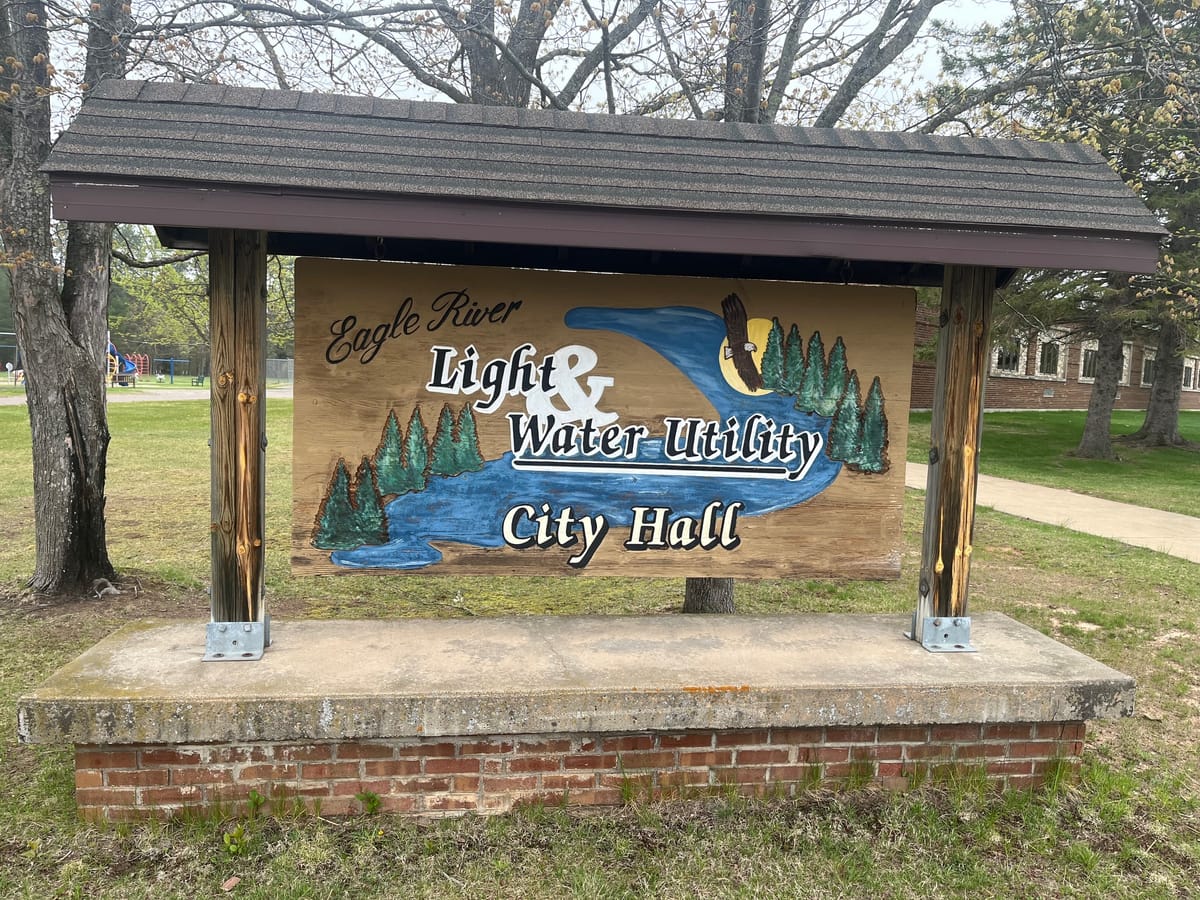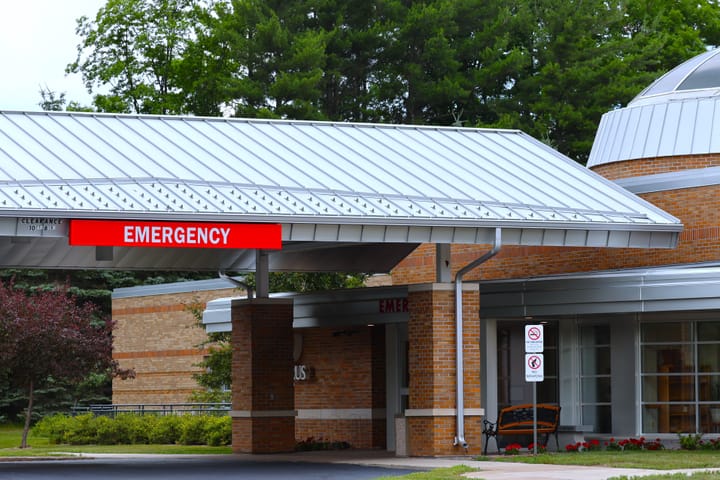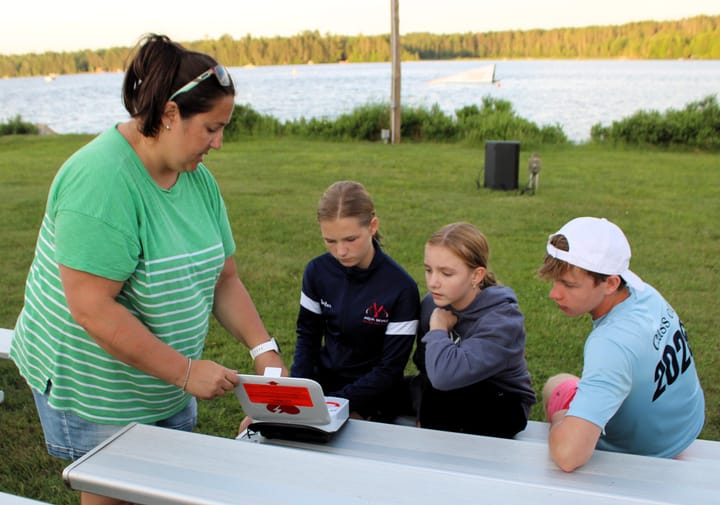Utilities Earn Soaring Marks for Water Quality and Safety

Not having to worry about water quality may be something we take for granted in the Northwoods, but a lot of work goes into providing healthy drinking water for residents every time they turn their taps.
A new utility report card, released earlier this spring, shows that people in the city of Eagle River and surrounding municipalities do not have to worry about the safety of their drinking water.
The inaugural Wisconsin Waterworks Excellence Project provides the public with clear, accessible information for 570 water utilities in the state regulated by the Wisconsin Public Service Commission (PSC). The report cards include A-F letter grades for multiple subjects — water quality (health), finance, infrastructure and operations, and communications—with each grade based on multiple performance indicators.
Ninety-two percent of the state's utilities earned A grades for water quality in this first-of-its-kind water utility report card, designed by Professor Manuel P. Teodoro of the La Follette School of Public Affairs at UW-Madison.
The novel scoring system in the report cards incorporate extensive data from the PSC, the Wisconsin Department of Natural Resources (DNR), and original data gathered over the last few years by Teodoro and his research team.
While utilities scored high on water quality (health), statewide results for finance and infrastructure and operations raise concerns for sustainability. More than a quarter of Wisconsin utilities scored in the D-F range in the finance category, while about 22% received marks in the D-F range in infrastructure and operations.
Local Report Cards
Eagle River Light and Water (ERLW) received an A rating of 99.8 in the Water Quality-Health category, earning very high ratings for its ability to eliminate harmful contaminants from drinking water, as well as keep drinking water safe. Other local utilities scored As in the Water Quality and Health category, with Three Lakes Sanitation District earning 90.8; Phelps, 99.8; and Rhinelander, 99.7.
Mike Sanborn, utility manager for ERLW, said that while the area is fortunate to naturally have high-quality ground water, he also has dedicated, caring employees that monitor and complete the Wisconsin DNR-required testing to keep everything up to par.
ERLW earned a B rating of 88.4 in the Infrastructure and Operations category, which is the physical integrity and operational effectiveness that are both essential to water system excellence and sustainability. Infrastructure focuses on transmission and distribution of water, measuring things like main breaks. Operations includes several measures of operating efficiency.
Sanborn speculates the B score in this category springs from the infrastructure side, as some of the old water pipes under the streets are pushing 80-90 years old and can be very expensive to replace.
"Anytime the city does a street project, we take a look at the age and integrity of the pipes below the street to determine if there is justification for replacement of those pipes," Sanborn said. "But as I said, a few block replacement project could be in the millions of dollars to replace."
He feels ERLW and its staff does a great job of maintaining infrastructure on the individual items associated with the city's water system.
"We are on a two- to three-year rotation for operating/checking all of our main valves on our system (645 of them). We flush our 248 fire hydrants on our system usually twice per year," which he explained accomplishes a couple of things. First, these flushes make sure of proper operation of the hydrants, so when they are needed for a fire they are ready to go.
"Secondly, this also helps with water quality, expelling water from the mains that may sit dormant for a period of time in our lower use areas and flushes out any accumulation of iron or manganese we may have in the water mains. We also check the individual curbstop valves going into properties periodically for accessibility and proper operation. If any issues are found with any of the above categories we replace them as soon as time allows to keep our system operational at a high standard," Sanborn said.
With the high costs associated with infrastructure upkeep, a few of the local districts scored lower in the Infrastructure and Operations category, with Three Lakes getting 72.9 (C) and Phelps, 64 (D). Rhinelander did well with an 81.7 (B) rating.
Both Three Lakes and Phelps sanitation districts earned a B rating in Finance, but an F in Communication. Rhinelander which pulled a 83.2 in Finance but scored an impressive 96.3 A score in Communication. Eagle River did less well in the Finance and Communications categories, earning a D (65.3) and F (50) rating, respectively.
Sanborn talked about the Finance category, saying, "There is a balancing act we keep at the top of our mind on keeping up with the infrastructure replacement costs and what we charge customers through our rates that are approved by the Public Service Commission of Wisconsin. I would love to spend a million dollars a year on infrastructure replacement, but our rates would be extremely high if we did."
Sanborn noted the USDA Rural Development and Wisconsin Safe Drinking Water fund are great sources of funding when infrastructure work is done. "They offer low interest loans over a long period of time, making the projects somewhat affordable to accomplish. Like I said, it is a balancing act on completing infrastructure projects while keeping the water rates affordable for our customers," he said.
ERLW might not have a big social media presence, but Sanborn believes they have extremely great customer service.
"Our office staff and other utility employees care and pride ourselves on this. We answer our phones with a real person and do what we can in helping the person needing assistance, whether it is on the phone or as a walk-in customer. If a customer has an issue in their home or is in need of having their water service turned on or off, we supply those services quickly."
One way staff is providing great customer service is the water meter changeout program, which is about 75% completed.
"We receive a leak report every work morning with the information coming from those new meters, showing buildings that have high water use or water running 100% of the time," Sanborn said. "We look at those reports and notify customers, usually in person, they may be having an issue. We have had multiple customers where they were able to find the leak and correct the problem fairly quickly, saving the customer money. So even though we do not have a big social media presence, I believe our communications with customers is exceptional."
Teodoro said this project differs from previous water utility transparency and reporting efforts in other states in that our report cards provide independent performance assessments, unaligned with any regulatory agency or interest group. “More importantly, our project focuses on excellence along with accountability – all packaged in an accessible, easy-to-use report card.”
Teodoro hopes to release the Wisconsin Waterworks Excellence Report biennially going forward, with a scoring system that could evolve over time to reflect changing realities for Wisconsin’s water utilities. This project was funded in part by the La Follette School’s Herb Kohl Public Service Research Competition, which supports nonpartisan research by La Follette faculty that informs critical public policy and governance debates and advances evidence-based decision-making.
Well Water Users
While a swath of the population here can rely on their utility company for safe water, many people have wells and need to be aware of what's happening in their own backyards.
According to the DNR, here are some ways that everyone can help protect and conserve our shared drinking water:
- If you're on a private well, test your drinking water at least once a year and encourage your neighbors to do the same. Learn more by visiting our Test Your Private Well webpage.
- Share water conservation tips with your community to support Wisconsin's mission to "sustainably manage the quantity and quality of water in the state to ensure that water is available to be used to protect and improve our health, economy and environment now and in the future." View the water conservation and efficiency tips we've compiled.
- Advocate for infrastructure improvements and support the protection of our water sources, such as the removal of public and private lead water lines.
Residents and visitors can also be aware of what they're putting in their yards, as that can end up in the groundwater. Properly disposing of chemicals and avoiding use of pesticides and other killing agents are good beginning steps to take.



